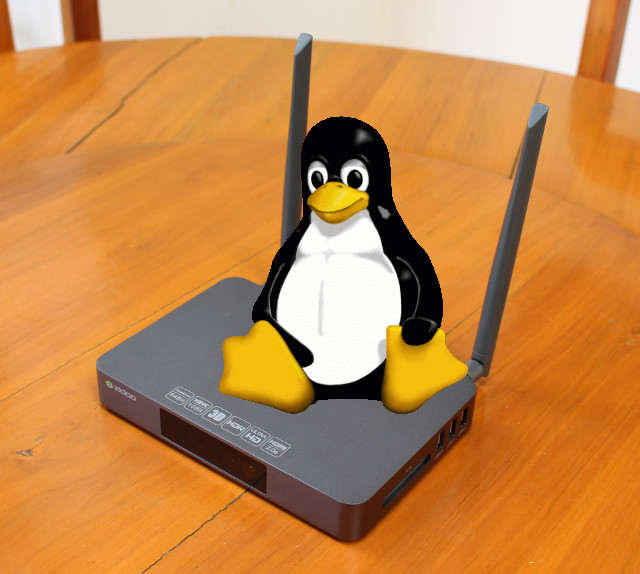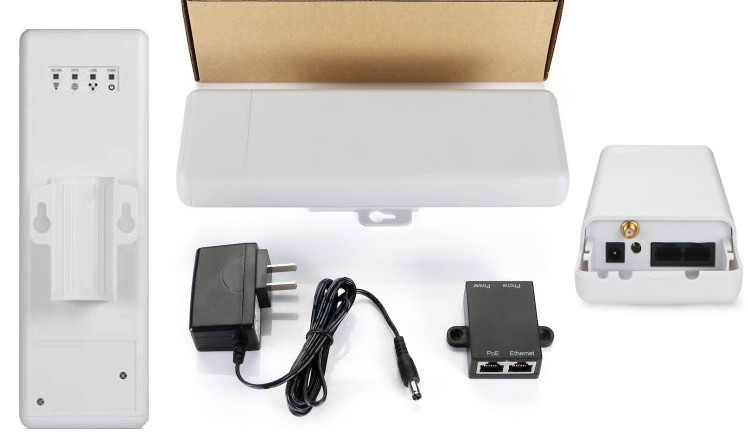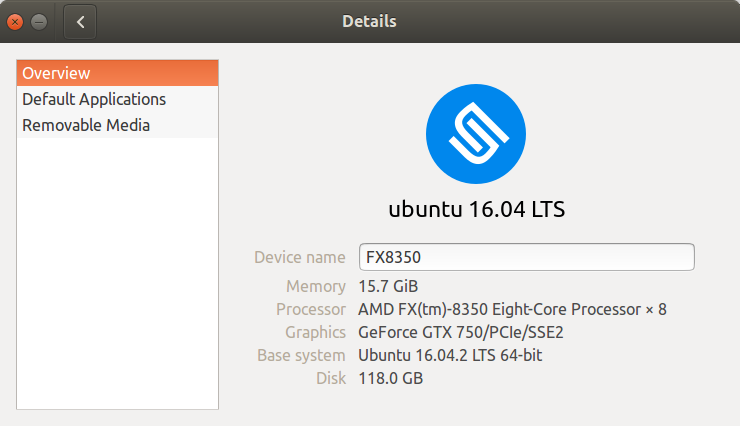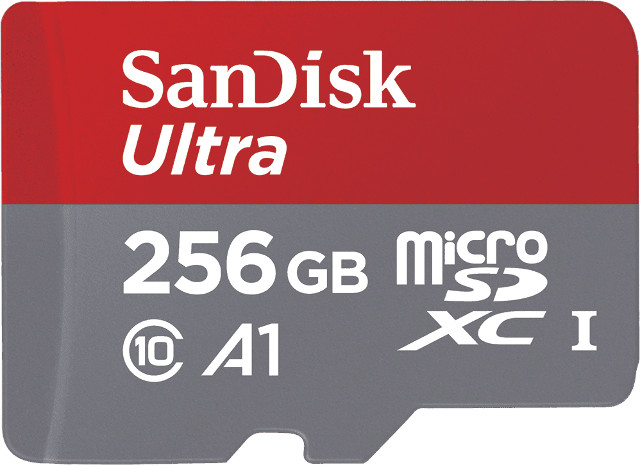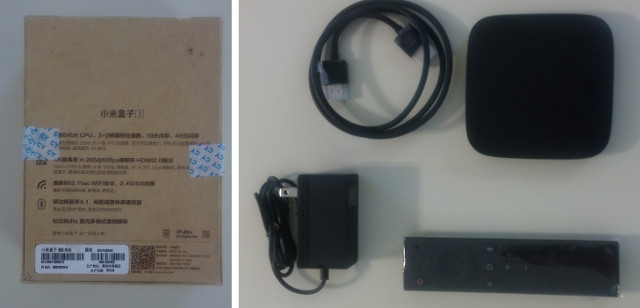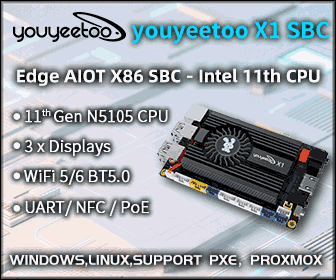Realtek RTD1295 is a quad core Cortex A53 processor with built-in Gigabit Ethernet, USB 3.0 and SATA found, and is found in some TV boxes such as Zidoo X9S or Eweat R9 Plus that run Android 6.0 and OpenWrt on top of Linux 4.1. Andreas Färber has been working on Mainline Linux support for the SoC using Zidoo X9S, and just submitted patchsets for enablement of RTD1295. Andreas explains: This mini-series adds initial support for the Realtek RTD1295 SoC and the Zidoo X9S TV box. With these patches CPU0 can be booted with earlycon. PSCI doesn’t work despite present in the vendor device tree; as enable-method it instead used a custom “rtk-spin-table” that I sadly have no source code of. The UARTs use a custom interrupt controller that I again lack source code of; with interrupts = <GIC_SPI 41 IRQ_TYPE_LEVEL_HIGH> it can boot into an initrd. The boot process is […]
Dragino OLG01 Outdoor Single Channel LoRa Gateway Runs OpenWrt, Supports Passive PoE
Dragino Technology, a Shenzhen based startup focusing on the Internet of Things, had already designed LoRa shields & Hats for Arduino & Raspberry Pi boards which can be useful for LoRa nodes, but the company has now launched Dragino OLG01 LoRa gateway running OpenWrt that communicates with nodes over LoRa, and to the cloud using WiFi, Ethernet, or 3G/4G. Dragino OLG01 specifications: WiSoC – Atheros AR9331 MIPS processor @ 400MHz System Memory – 64MB RAM Storage – 16MB flash MCU – Atmel ATMega328P AVR MCU with 32KB flash, 2KB SRAM Connectivity 802.11 b/g/n WiFi with antenna 2x 10/100M Ethernet with support for passive PoE Optional 3G/4G module connected to internal USB socket (TBC) Semtech SX1276/78 LoRa wireless module + SMA connector (antenna not provided) up to 5~10 km range USB – 1x USB 2.0 host port Power Supply – 12V DC power jack or PoE Three models are offered with […]
CHUWI LapBook 14.1 Windows 10 Firmware, Drivers, and BIOS
In case you’ve installed another operating system like Ubuntu on CHUWI Lapbook 14.1 laptop, and want to re-install Windows 10, CHUWI has released Windows 10 firmware, drivers, and LapBook 14.1 “BIOS” in their forums. So I’ve re-installed Windows 10 on the laptop using the Windows 10 image. You’ll need to download the 8 files CHUWI LapBook 14.1 Windows.part1.rar to CHUWI LapBook 14.1 Windows.part8.rar, and after extracting them you should get a “CHUWI LapBook 14.1 Windows” directory with all necessary files to reinstall Windows. The files take 8GB, so it may not fit on all 8GB flash drives, and you may need to use a 16GB or greater drive. I just copied the files to an 64GB flash drive formatted with NTFS, insert the drive into the USB 2.0 port of the laptop, and I could start the installation process at boot time. However, it quickly failed as it tried to […]
How to Upgrade to Linux 4.8 in Ubuntu 16.04.2
I had read from several news sources that Ubuntu 16.04.2 would come with Linux 4.8. My system was upgraded from Ubuntu 16.04.1 to Ubuntu 16.04.2 this week-end, but I still had Linux 4.4.
|
1 2 3 4 5 6 7 |
cat /etc/lsb-release DISTRIB_ID=Ubuntu DISTRIB_RELEASE=16.04 DISTRIB_CODENAME=xenial DISTRIB_DESCRIPTION="Ubuntu 16.04.2 LTS" uname -a Linux FX8350 4.4.0-62-generic #83-Ubuntu SMP Wed Jan 18 14:10:15 UTC 2017 x86_64 x86_64 x86_64 GNU/Linux |
So I wondered why that was, and eventually found my answer on Reddit thanks to EndofLineLF user: If it isn’t a new 16.04.2 installation then you won’t have newer kernel. If your install started as 16.04 or 16.04.1 then with all updates installed “lsb_release” will display 16.04.2 as version because that’s what you have. The switch to HWE (Hardware Enablement Stack) was never automatic. So if you want newer kernel you have to install it manually. https://wiki.ubuntu.com/Kernel/RollingLTSEnablementStack#Packages-1 sudo apt-get install –install-recommends xserver-xorg-hwe-16.04 This will also install the new HWE kernel because it is recommended for that package. Upgrading to the new kernel is completely optional, and Linux 4.4 will still get security updates, but I did […]
SD Specifications 5.1 to Introduce App Performance Class (for Random I/O) & Logo
SD cards used to store media data only, for example photos and videos in your camera or smartphone, but with the introduction of “Adoptable Storage” in Android 6.0 you can now run apps directly on a micro SD card, and many development boards rely on (micro) SD card to run the full operating system. The difference is important, as with media storage, the raw sequential read and write speeds are the most important, as large files are created and accessed, but for apps and operating systems many small read and write operations such as databases access take place on the card, so random IO performance becomes much more important. So far, the SD card specifications would only report sequential performance with different classes, and for example for are often recommended to use “Class 10” SD cards on Raspberry Pi, which does not clearly indicates the random IO performance. SD Specifications […]
Xiaomi Mi Box (US) Android TV TV Box Review
Introduction The Mi Box is the first Xiaomi product I have used. I received it beginning of December and have been using it regularly since then. I have received 3 updates which went through uneventfully. I was very pleased with this box. I ended up getting one for my in-laws and one for my 4 year old sons bedroom. The UI worked as expected. I have an Nvidia Shield Android TV, and the Mi Box complements it very well. Having Plex Server running on the Shield and Plex on the Mi Box is pretty fantastic to easily share content. Not to mention way more cost effective than putting a Shield in every room. What’s Inside The build quality is good. The power supply puts out 5.2v which is not typical. I do wish it had more USB ports. A single USB is inadequate. I found myself swapping USB out frequently […]
Review & Quick Start Guide for Khadas Vim Pro Development Board with Ubuntu 16.04
Khadas Vim is the only Amlogic S905X development board I’m aware of. There are 4 or 5 versions of the board, but currently only two models are sold: Khadas Vim with 8GB flash and single band WiFi + BLE 4.0, and Khadas VIM Pro with 16GB flash, and dual band WiFi + BLE 4.2. SZWesion, the company behind the board, has sent Khadas Vim Pro for evaluation. Today, I’ll take a few pictures of the board and its accessories, and report my experience playing with Ubuntu 16.04.2 on the board. They’ve also released Android, LibreELEC, and dual boot Android/Ubuntu (for Vim Pro only) images, which you can find in the firmware resources page. Khadas Vim Pro Unboxing and Photos My parcel included Khadas package that looks like a book, an HDMI cable, and the same IR remote control sent with GeekBox, the first board made by the company, and powered […]
Dolby Digital (AC3) US Patent Has Expired on February 1, 2017
Many TV boxes cannot play videos with Dolby Digital (AC3 ) audio because they lack the license, except if you use software like Kodi that downmixes the audio, but most apps won’t, and MX Player developers had to remove AC3 support from the Android app previously. But based on a forum post by Popcorn Hour, Dolby Digital AC3 US patent (that one?) has expired at the beginning of this month, so they can legally enable AC3 downmixing in their TV box that previously lacked the license including Popcorn Hour A410U/VTEN-U/A-500U/A-500 PRO-U. That’s probably good news for other TV boxes too, as going forward, there’s no need to have Dolby Digital license to play AC3 content. Hopefully, apps and firmware images will be updated to reflect this change. You’ll still need a license for newer formats like Dolby True HD and Dolby Atmos however.


